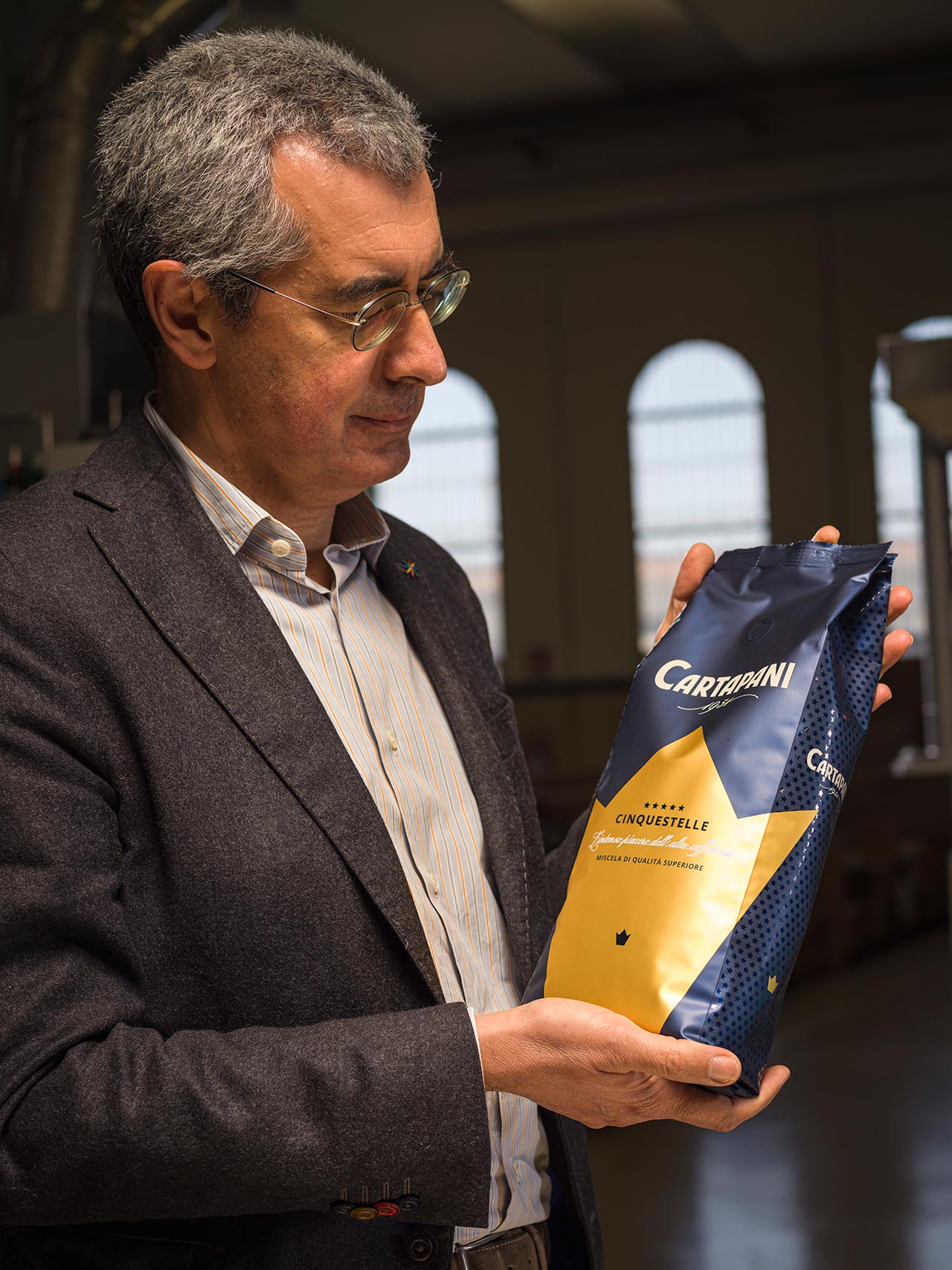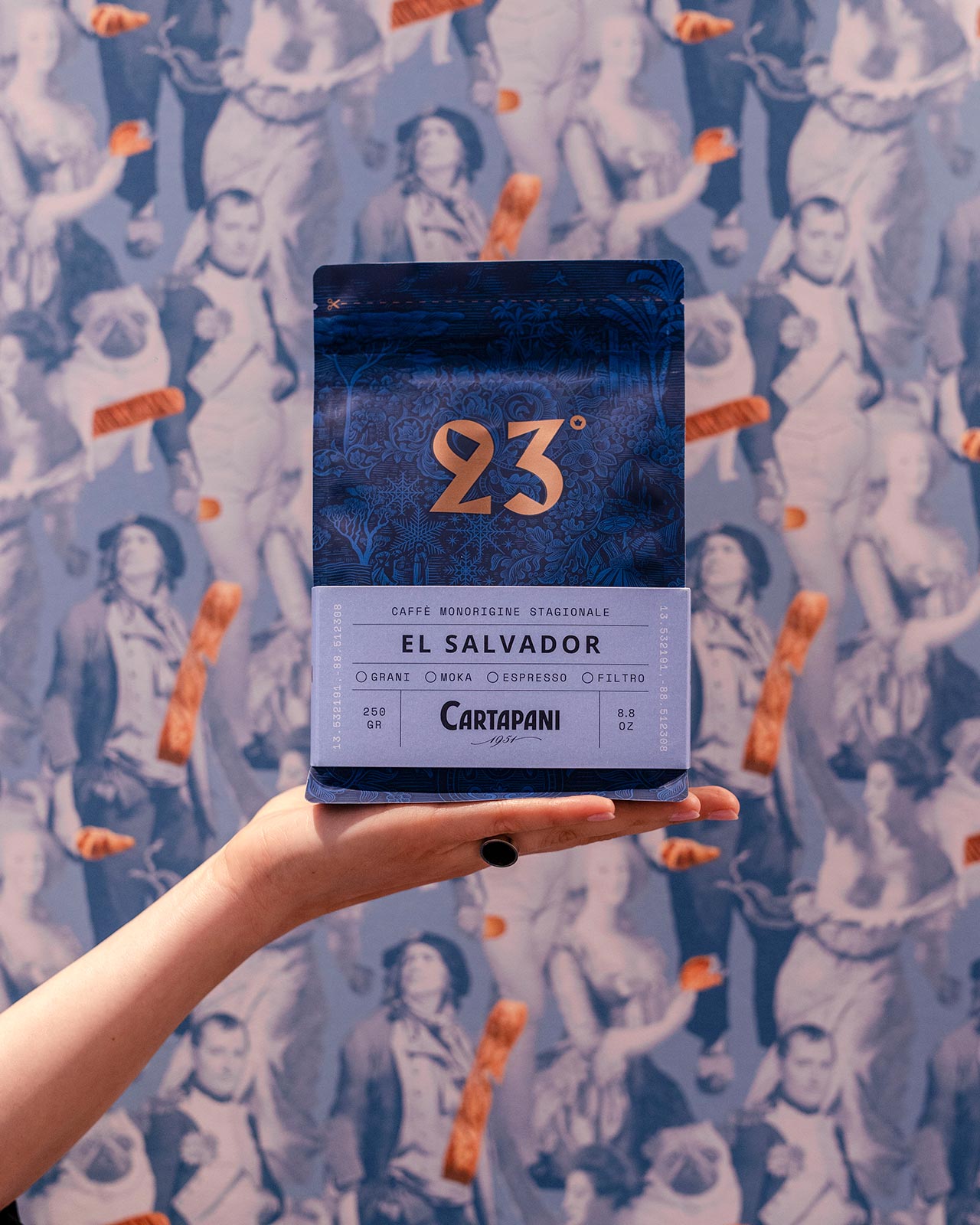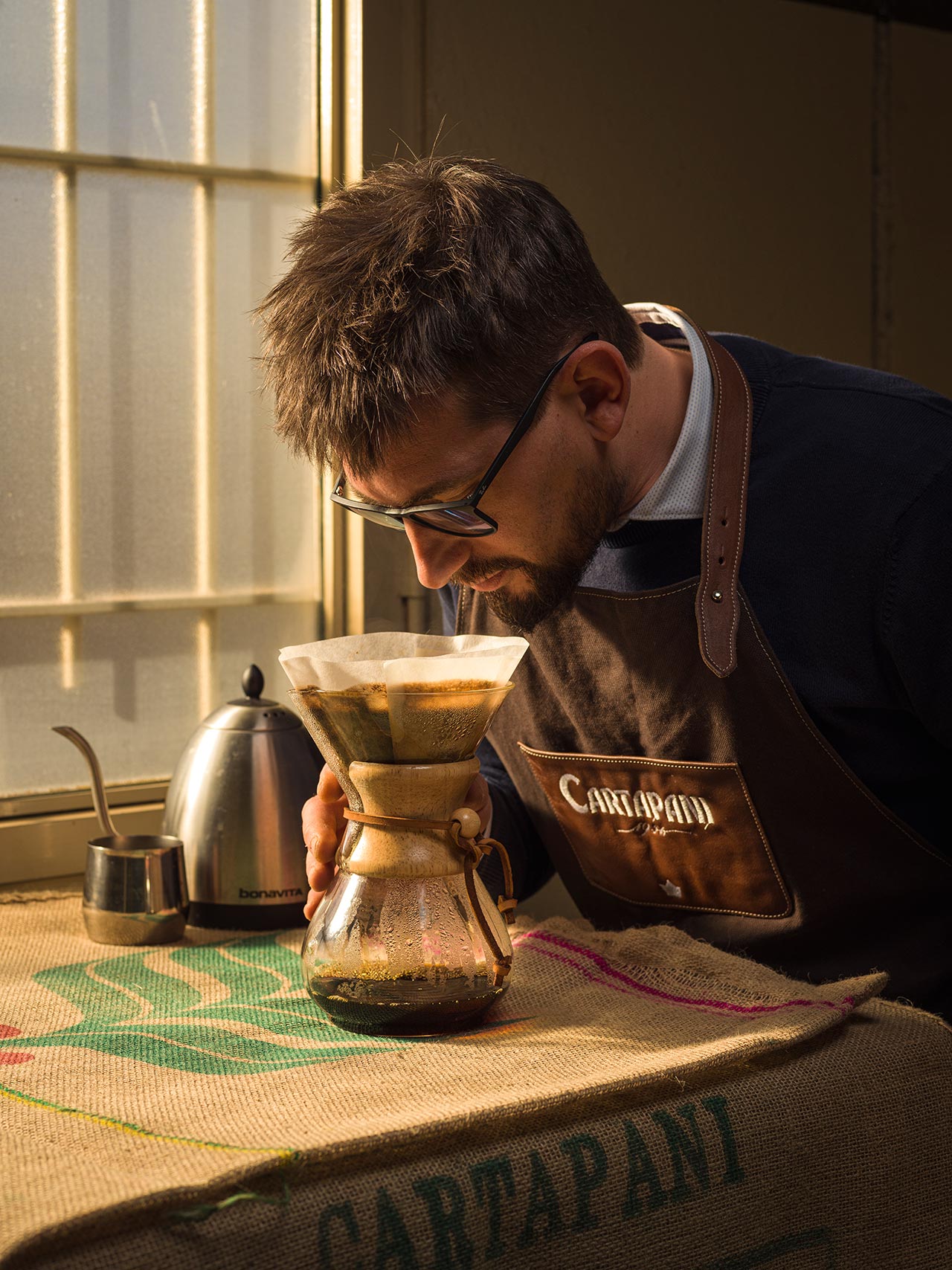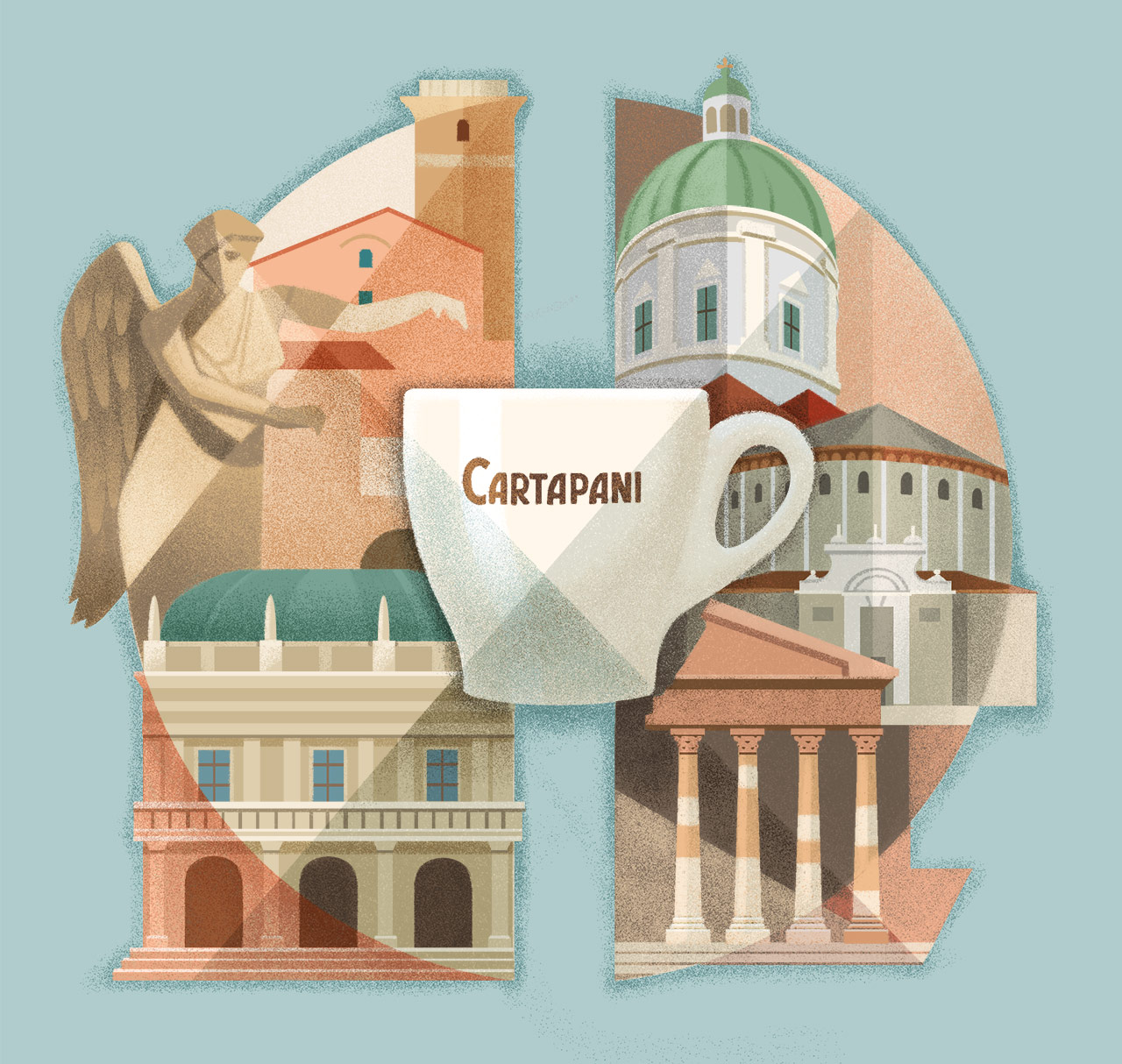The new plant in via bocchi
In the 1950s and 1960s, Brescia and the surrounding province experienced a period of fervent growth. Business innovations, such as the Cartapani roasting company, created jobs and stimulated consumption. The 1960s brought further changes: the purchase of coffee packaging machines by Cartapani and the automation of the vacuum packaging process in 1966. These years marked an era of growth, entrepreneurial courage and transformation for Brescia and the province.



































